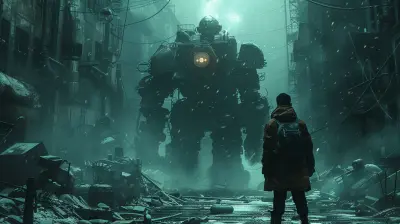Games That Nail the Perfect Difficulty Curve
26 October 2025
Let’s be honest — nothing kills the vibe in a video game faster than bad pacing. You know the type: one minute you’re strolling through a tutorial so easy it might as well play itself, and the next thing you know, you’re getting absolutely destroyed by some boss that’s clearly been bench-pressing rage and sadness for years. That’s why today, we’re talking about something many games struggle to master — the elusive, ever-important difficulty curve.
A great game should make you feel like you're growing alongside it. Not in a “hold my hand forever” kind of way, but in a way that constantly challenges you just enough to keep you engaged. So in this post, let’s dive into the gold standard — the games that absolutely nailed the perfect difficulty curve.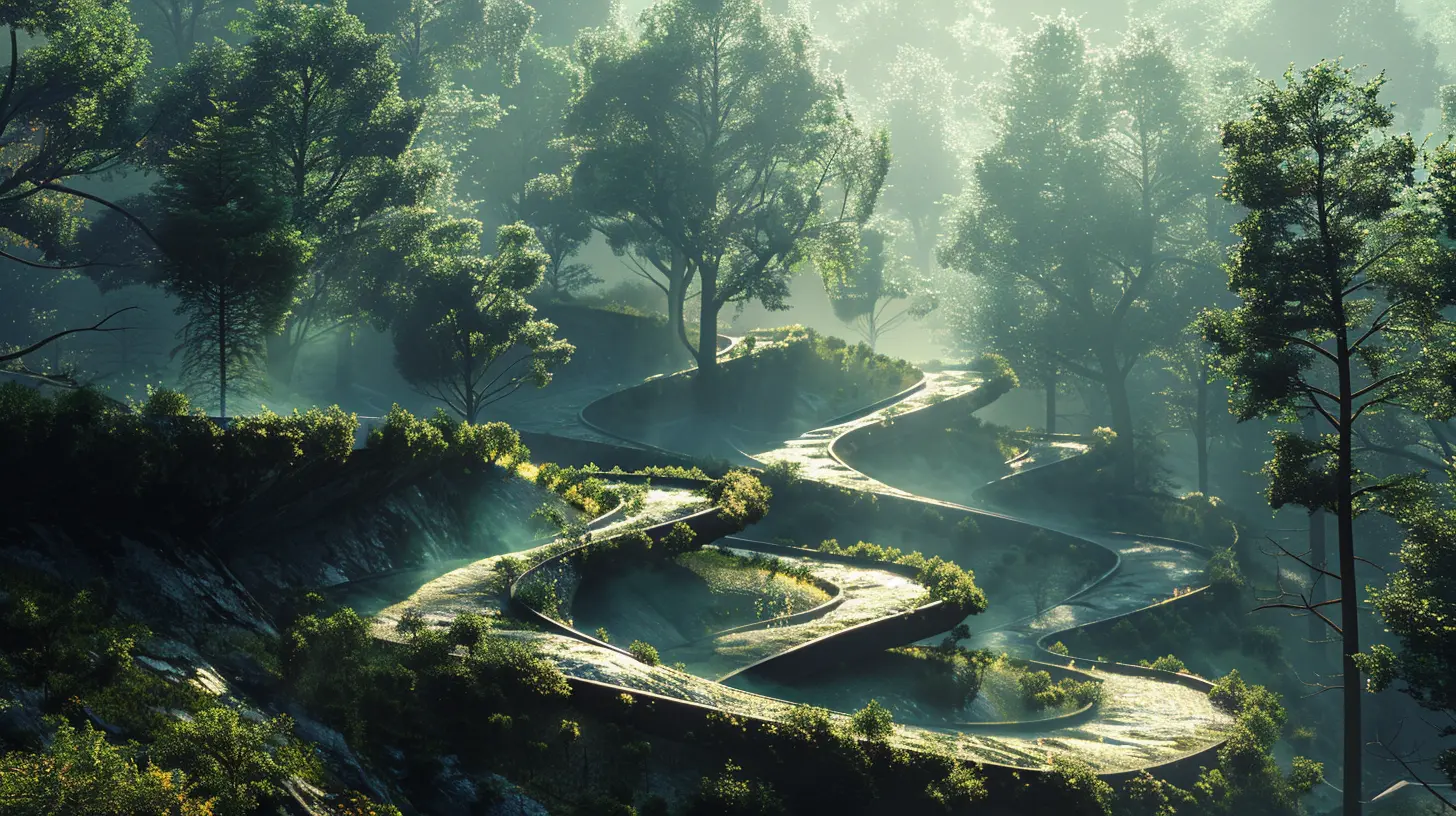
What Is a "Perfect Difficulty Curve" Anyway?
Before we get into the juicy list of titles, let’s clear up this whole “perfect difficulty curve” thing. It’s not just about being hard or easy — it’s about progression. A perfect difficulty curve means:- The game starts easy to let you learn the ropes.
- Challenges gradually increase as your skills improve.
- There’s a sweet balance between frustration and satisfaction.
- Bosses feel tough but fair.
- New mechanics are introduced just when you’re ready for them.
Basically, the game grows with you.
Think of it like learning to ride a bike. First, you’ve got those training wheels (early game), then one falls off (mid-game learning curve), and before you know it, you’re popping wheelies and zooming downhill with the wind in your hair (late game mastery). That’s how it should feel.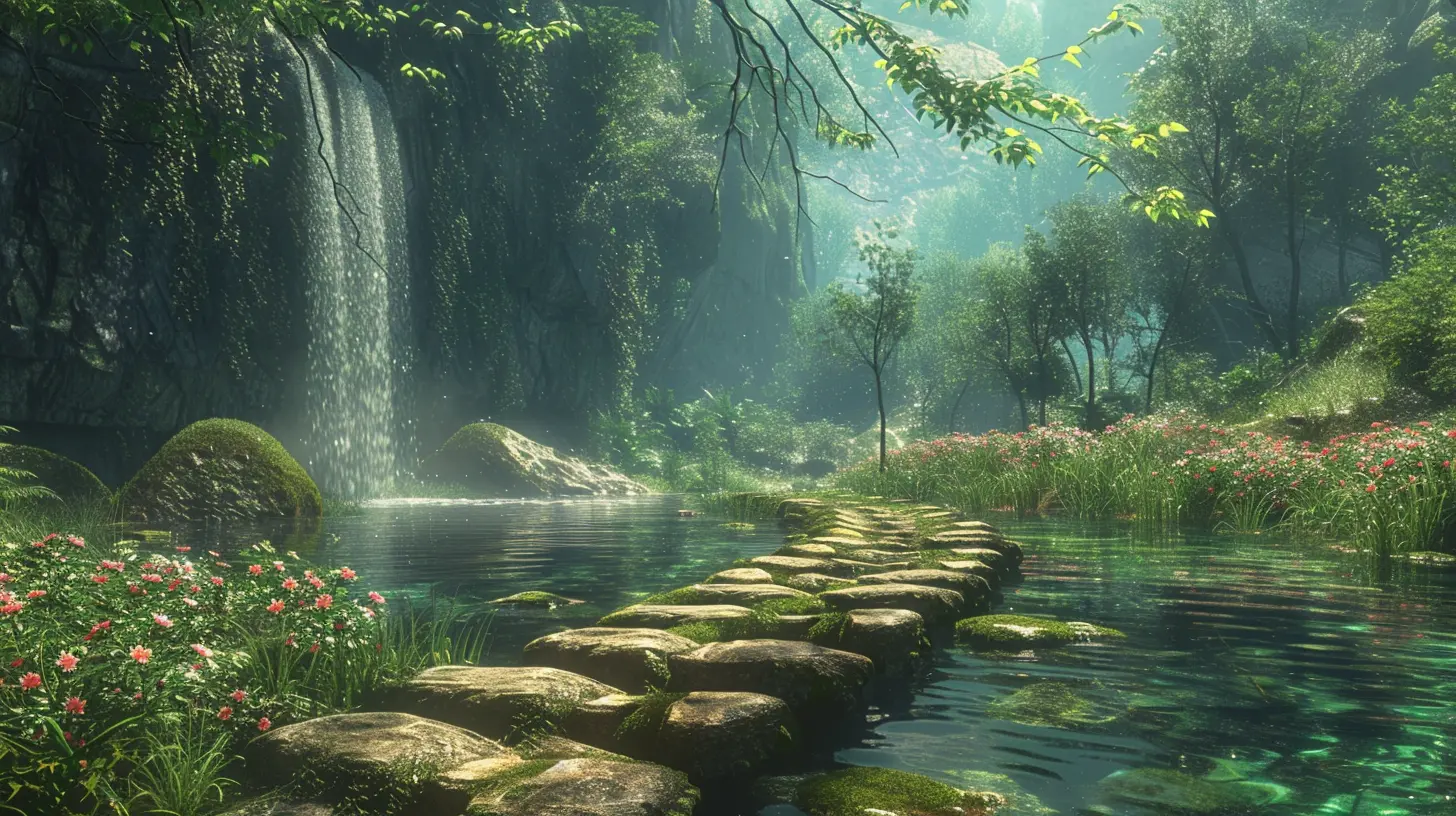
1. Celeste – A Climb That Teaches as You Go
Ever played a game that kicked your butt — but you loved every second of it? That’s Celeste in a nutshell.Why It Works
Celeste is basically a masterclass in game design. Each level introduces a new mechanic (think dashes, wind effects, or moving platforms), and lets you practice that in increasingly complex ways.The game never throws you into the deep end without first teaching you how to swim. And when you finally pull off a section you were stuck on for 20 minutes? Oh boy, that dopamine hit is real.
It’s Hard, But Fair
The beauty of Celeste is that when you die (and you will… a lot), it always feels like your fault. You're never blaming the controls. It’s a pure skill test — the kind that feels incredibly rewarding to conquer.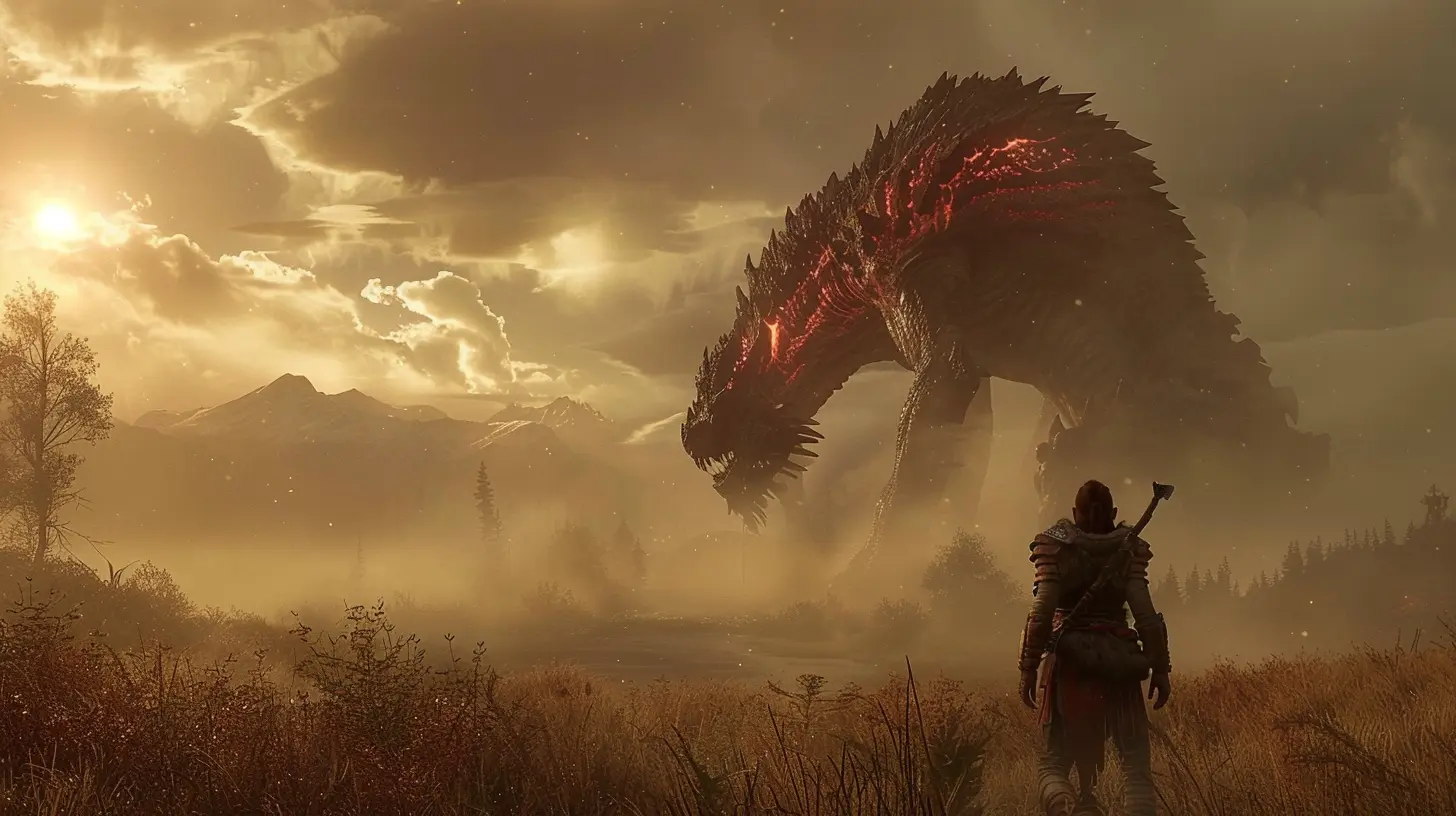
2. Dark Souls – The Ultimate Trial by Fire
Alright, let’s get this out of the way — yes, Dark Souls is hard. But it’s also one of the most fair, finely tuned difficulty curves out there... once you accept that you’re going to die. A lot.The Learning Curve Is the Game
Dark Souls doesn’t baby you. It drops you in, slaps you around a bit, and tells you to deal with it. But in doing so, it creates learning through failure. Every death is a lesson. Every enemy teaches you something new about timing, patience, or strategy.Gradual Mastery
The game ramps things up in a way that feels... natural. You start out terrified of simple mobs, but later you’re out here parrying Black Knights like it's second nature. That growth? That slow rise from panic to power? That’s the magic of a perfect curve.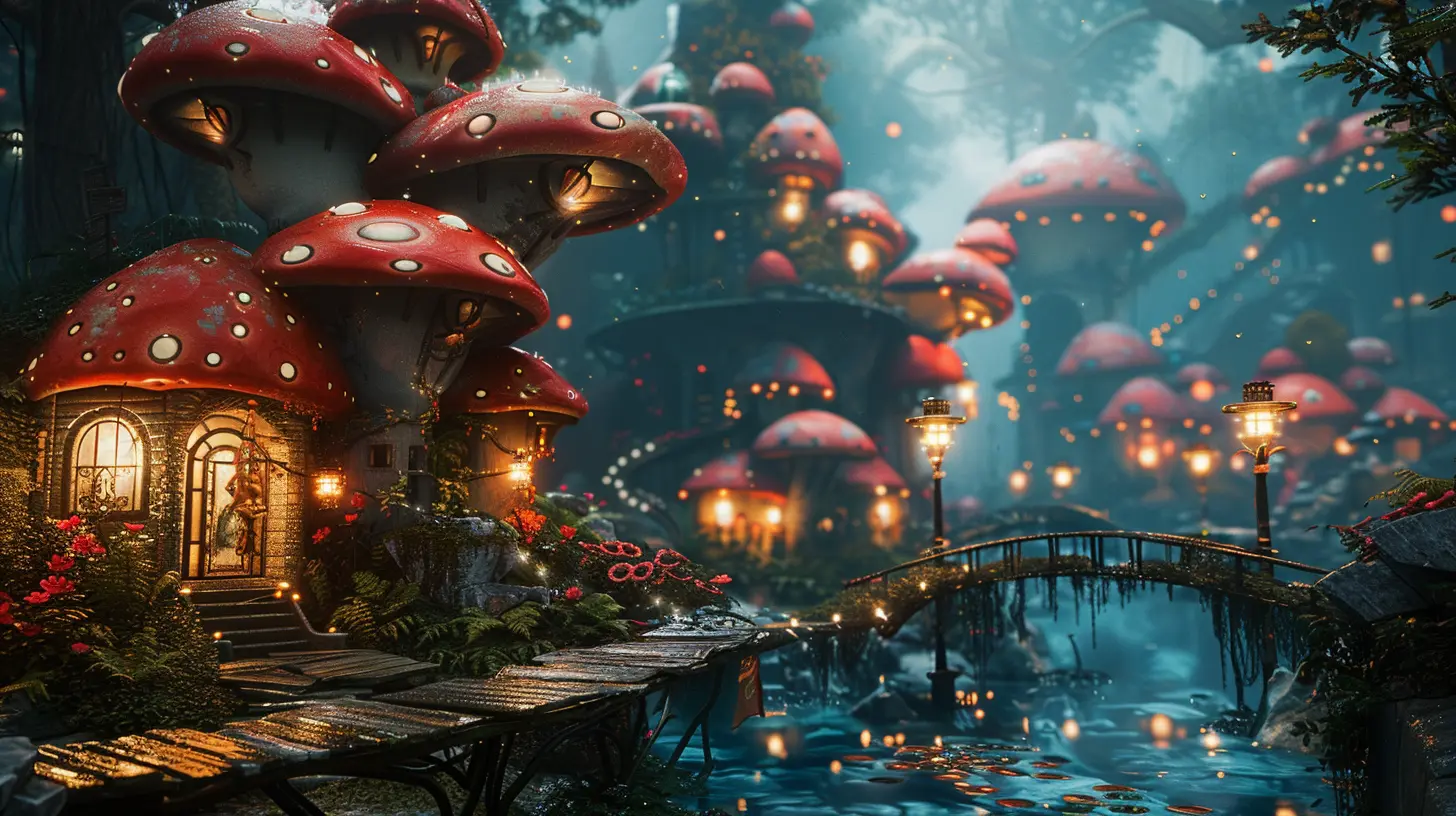
3. Portal Series – Puzzles That Evolve With You
Now let’s switch it up with a game that challenges your brain more than your reflexes.Portal Is a Brain Workout… but Fun
The Portal games start with super basic mechanics: portals go here, you go through them. Cool.Then — slowly but brilliantly — complexity builds. First, you’re solving basic platform puzzles. Later, you’re redirecting lasers, timing jumps, and using momentum in incredibly creative ways.
Pacing Is Key
What makes Portal’s curve so fantastic is that it never overwhelms you. Just when you’re thinking, “Okay, I've totally got this,” the game throws in a new mechanic. But the previous mechanics stay relevant, and everything stacks logically.It’s like the perfect math teacher — challenges you just enough to keep you sharp, but never enough to make you close the book and walk out.
4. Hollow Knight – Metroidvania Done Right
If Metroidvania games are your jam, you’ve probably heard the buzz around Hollow Knight. And yeah, it’s that good.Progression That Feels Earned
At first, Hollow Knight is tough. You’ve got limited health, no map, and not a lot of direction. But slowly, you pick up new abilities — double jump, wall climb, dash — and everything clicks into place.The areas get tougher, but so do you.
Smart Backtracking
What’s especially cool is how the difficulty is layered into exploration. Areas you couldn't survive earlier become manageable after upgrades. And because enemy patterns are consistent, skill improvement isn't just expected — it's necessary.The difficulty curve here isn’t just about stats — it’s about learning, adapting, and getting braver with every step.
5. The Legend of Zelda: Breath of the Wild – Freedom With Structure
At first glance, Breath of the Wild seems too open to have a "curve" at all. After all, you can march straight into the hardest areas from the start. But here’s the thing — the difficulty here is more situational than linear.You Choose Your Path, But the Game Gently Guides You
The game places tougher enemies and harsher conditions in far-off areas, subtly nudging you to get stronger before heading there. It doesn’t stop you, but it encourages exploration and growth first.A Learning Curve Built Into the World
You learn not just from combat, but from survival. Managing stamina, cooking better meals, figuring out enemy weaknesses — these small systems get layered over time in a way that naturally teaches you how to thrive.It’s like open-world Montessori for gamers.
6. Super Mario Odyssey – Fun for Everyone, Challenges for the Brave
Who says difficulty curves are just for hardcore gamers? Nintendo has a long-standing reputation for balancing accessibility with challenge, and Super Mario Odyssey might just be the crown jewel of that design philosophy.Layers of Difficulty
The beauty of Odyssey is that the main path is forgiving. You can finish the game with relatively little struggle. But if you want everything — all those tricky Moons tucked behind clever puzzles and platforming tests — prepare to really flex your skills.Everyone Gets to Play
Kids can enjoy it, hardcore fans can master it, and everyone walks away smiling. It’s a rare kind of magic that only Nintendo seems to pull off consistently.7. DOOM (2016) – The Flow State Shooter
Let’s shift gears and talk chaos. If fast-paced FPS games are your thing, there’s no better example of an expertly crafted difficulty curve than DOOM (2016).Rip and Tear With Style
The game starts fast and never really slows down — but somehow, it never feels overwhelming. There’s a rhythm to the combat, a dance between movement, weapon selection, and enemy types that gradually intensifies.You Get Stronger, Enemies Get Smarter
The game feeds you new weapons and skills just when you need them. And the demons? They evolve too. What starts off as frantic shooting becomes tactical combat with real finesse.The curve here is adrenaline-fueled and thrilling — a perfect match for the game's hardcore vibe.
Why Nailing the Difficulty Curve Matters
Why even care about difficulty curves, you ask? Because they’re the secret sauce behind player retention. A well-balanced game keeps you hooked, makes you feel smart and powerful, and compels you to keep pressing forward.Here’s what the best difficulty curves have in common:
- Respecting the player's time: No pointless grind or artificial hurdles.
- Celebrating progress: Games that make you feel the difference between your novice self and your confident, late-game version.
- Teaching through play: No need for long tutorials — the game itself trains you as you go.
When done right, that curve makes you feel unstoppable.
Honorable Mentions
Let’s not forget some other legends that really get progression right:- Monster Hunter: World – From hunting small fry to taking down behemoths.
- Sekiro: Shadows Die Twice – A brutal, but incredibly rewarding rise to mastery.
- God of War (2018) – Smooth difficulty transitions paired with incredible storytelling.
- Dead Cells – Procedurally generated levels but still manages a tight learning curve.
Each of these games finds its own way of helping you grow without drowning you in the process.
Final Thoughts
At the end of the day, the perfect difficulty curve isn’t about making a game “hard” — it’s about making it worth it. It's about creating a journey where every challenge teaches you something new, every death means something, and every success feels earned. Whether you’re scaling a snowy mountain in Celeste or blasting your way through hell in DOOM, the best games understand how to test your limits — without breaking your spirit.So if you’re a developer, take notes. If you're a gamer, cherish those experiences. Because when a game nails the difficulty curve, it doesn’t just challenge you — it changes you.
all images in this post were generated using AI tools
Category:
Top GamesAuthor:

Greyson McVeigh
Discussion
rate this article
1 comments
Damien McIntire
Masterfully crafted difficulty keeps players engaged—these games truly elevate the gaming experience!
November 8, 2025 at 5:15 PM

Greyson McVeigh
Thank you! I'm glad you enjoyed the article and appreciate the importance of a well-crafted difficulty curve in enhancing the gaming experience!

